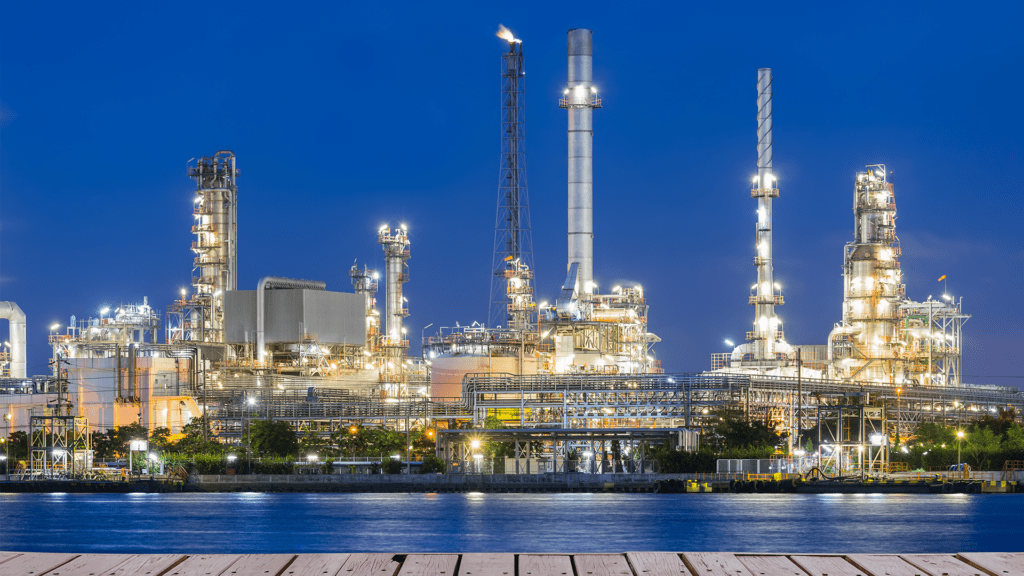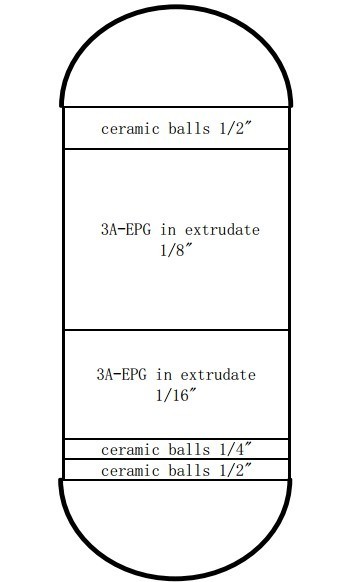
How to choose adsorbents for cracked gas dehydration?
Molecular sieves are widely used to dry cracked gas and olefin cuts in gaseous or liquid phases. This process is critical, since fluids, after drying, are subjected to low temperature treatment. Any remaining water would cause freezing or the formation of hydrates. The immediate consequence would be an operational shutdown.
Libra molecular sieves have been designed to provide reliable and consistent performance, ensuring a continuous and efficient process.
Libra specially developed the 3A-EPG for drying Cracked gas, which belongs to the 3A zeolite family but differs from the standard type.
Depending on the specific requirements for the drying process, we offer various brands of the 3A-EPG:
- Libra 3A-EPG in beads have very good kinetics to maximize the dynamic adsorption of water,
- Libra 3A-EPG in extrudate is resistant to aggressive flows and drip moisture, and to minimize pressure drop,
- Libra 3A-EPG in trilobite a trilobate extrudate designed to further reduce the risk of pressure drop.
Libra 3A-EPG in extrudate is widely used for cracked gas dehydration, which has the following advantages:
1, 3A-EPG in extrudate could achieve maximum physicochemical resistance of the adsorbent and maximum run duration.
2, 3A-EPG in extrudate also has minimal catalytic activity, which prevents the coking of the adsorbent.
3, 3A-EPG in extrudate has the best mass transfer characteristics. For comparable particle volumes, the distance from the surface to the inside of the particle is shorter on the extrudate than for a bead (sphere)
The Guaranteed H2O outlet concentration will be less than 1 ppmV.
Inert support layer and ballast materials
An inert support layer and ballast material must be loaded to support gas distribution in the layer. Approximately 150 mm of inert alumina or ceramic balls should be loaded down as a support layer and 150 mm of a layer of alumina or ceramic balls should be loaded on top of the layer as ballast material.
Inert alumina or ceramic balls at the top of the layer should be 19 mm in diameter or larger and separated from the top layer of molecular sieves by a mesh of non-corrosive material. Mesh size:20 mesh or equivalent.
Inert balls at the bottom should be 6 mm in diameter or less (usually at the bottom the support layer is made of two types, i.e. 2 mm, then 6 mm).
The typical loading diagram:

Libra 3A-EPG molecular sieve and Ceramic balls will be the best choice for cracked gas, ethylene, propylene dehydration in PE/PP plant. Our products have been used in several dehydration unit with our technical support. Don’t hesitate to contact us for more! We will support you with all our hearts!

